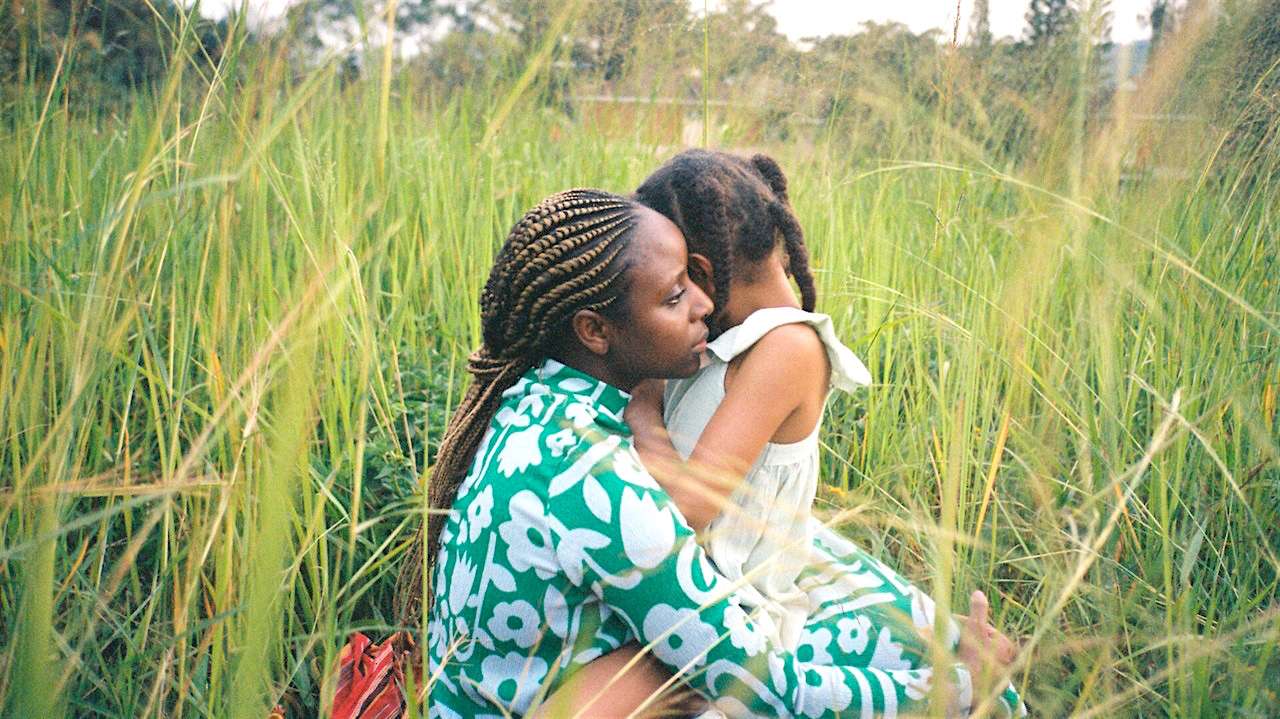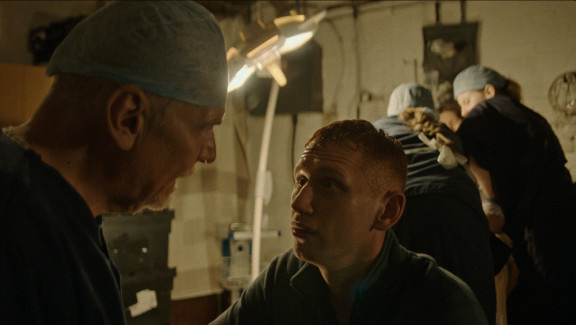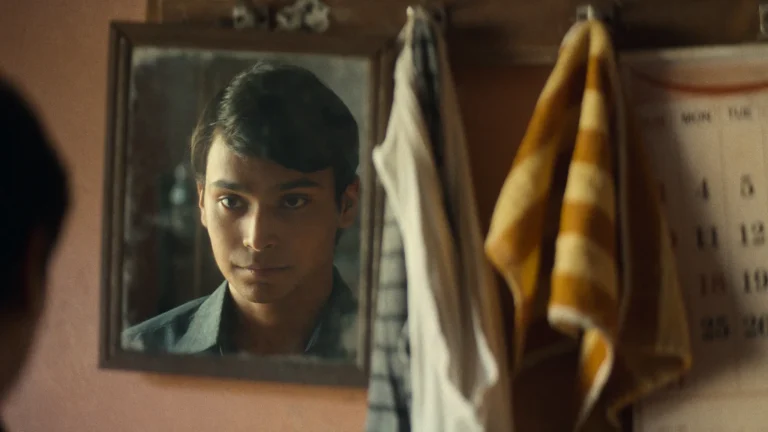How does one deal with unanswered questions around trauma that may be elemental to one’s journey of self-discovery? Reaching all the way into the past, these questions can have a hold in guiding us into shaping our present-day decisions. What has gone unaddressed or deliberately elided in order to speed up healing and recovery from a terrible tragedy is dug up in Patricia Bbale Bandak’s documentary, “Death of A Saint.” Drawing on her own past, she goes poking into harrowing events that leap back in time by twenty-four years.
Patricia was born in Uganda. She was a child when a break-in at night turned deadly, resulting in her mother being shot to death. After the murder, her father emigrated to Denmark, taking his kid to start a life anew in a foreign land that wouldn’t surround them with reminders of loss and grief. Both of those may, of course, be never wholly unshakable, but remaining in Uganda and hankering after justice and revenge could have ensured an impossibility of healthily continuing with their lives. Her father chose not to keep them in its constant shadow had they stayed and pursued a way of settling scores.
Hardly does he discuss what happened that night or why there were no investigative outcomes, or so it seems to her. Nevertheless, Patricia is able to arrive at and approach such tough conversations not immediately once she decides to embark on the journey of knowing more about her mother. It takes her a while as she mills through the process of mining for an authentic, rounded, and varied portrait of her mother.
However, what she is initially handed are entirely sanctified accounts that solely delineate her mother as a relentlessly devout churchgoer. She was a woman of faith, of the Bible, everyone reiterates. They are unwilling to share anything that is even fractionally unlikeable or unpleasant about her. These vex and bore her since she is aware these versions paint Imelda in singularly glorious and ultimately monotonous strokes, divesting the richer complexity of being.

When she pesters her father and mother’s relatives for more unflattering sides to her mother, they deflect, informing her of the Ugandan custom that prohibits badmouthing anyone after they have passed. She insists on knowing the truth. She tells her brothers she needs to know, at least for the sake of raising her own daughter with all sincerity and no falsehoods. What were her mother’s imperfections? She needles her relatives and mother’s friends.
Patricia’s fears and wistful desires strum through the film. She talks of how nights are often filled with dread. She has escape routes ready in the case of an invasion. She wonders and pines for the life she would have had in Uganda with her mother and a bunch of kind, nurturing aunts and relatives had there been no such tragedy. She feels robbed of having access to a supportive, big family life.
Slowly, she inches towards asking her dad the harder questions. She isn’t sure of how to raise them with due sensitivity instead of tickling old traumas. Although the answers may not have the payoff for her as she’d like them to, what she realizes doubly in the process of looking for them is the preciousness of leaning into the rest of her family from whom she had been severed in the relocation. It is the laughter and warmth they exude that provide her with closure, even if they take a shape and form far different from her supposition.
“Death of a Saint” also inevitably ponders the cultural chasm Patricia is confronted with in Uganda. She was born here but grew up somewhere else. The conservatism both amuses and annoys her. While shopping for a dress to wear on the memorial she’s hosting for her mother, she provokes and teases if the one she has chosen could have some see-through as well, a suggestion instantly shut down as improper by the staff. It is in such subtle, illuminating sections that reflect all the gaps and a steeped sense of difference where “Death of a Saint” locates strains of poignant candor. In its gradual, cathartic, conceding with grace all that we may never fully know, the film evocatively signals growing out of a mesh of pain.




![Creed [2015]: The Discreet Charm of Balboa](https://79468c92.delivery.rocketcdn.me/wp-content/uploads/2015/11/635712555627482823-XXX-CREED-SNEAKPEEK-MOV02-DCB-74168496.jpg)
![Death Of Insane (Unmadiyude Maranam) [2019]: ‘HFF’ Review – An abstract satire on Moral Policing and Censored Art](https://79468c92.delivery.rocketcdn.me/wp-content/uploads/2019/05/Death-Of-Insane-Unmadiyude-Maranam1-768x512.jpg)
![Wheel of Fortune and Fantasy [2021]: ‘Berlinale’ Review – A Gorgeous Trifecta About the Conversations that Bind Us](https://79468c92.delivery.rocketcdn.me/wp-content/uploads/2021/03/Wheel-of-Fortune-and-Fantasy-4-highonfilms-768x415.jpg)

![What a Man Wants [2018]: Fantasia Film Festival Review](https://79468c92.delivery.rocketcdn.me/wp-content/uploads/2018/07/What-a-Man-Wants--768x512.jpg)
